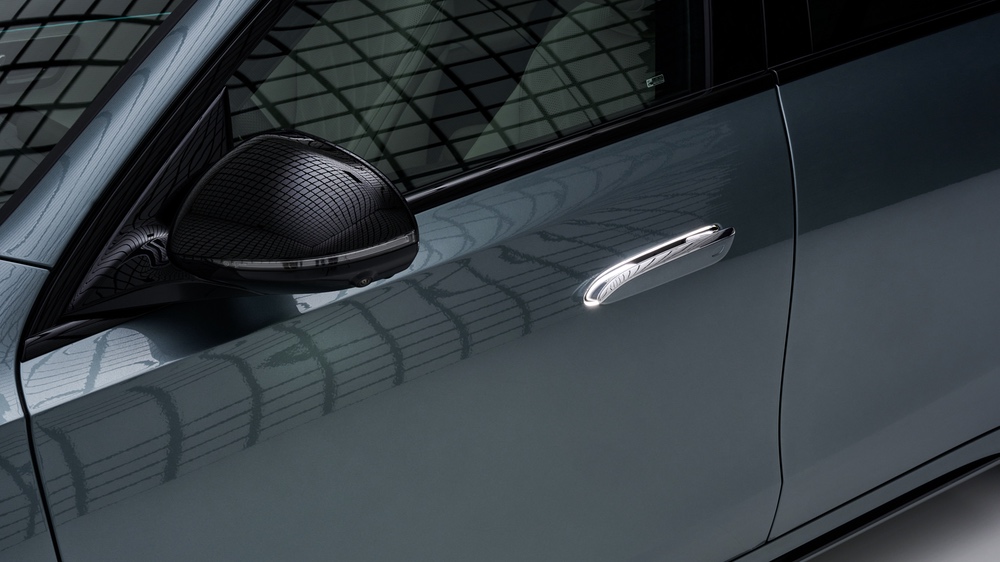
ADAC warns for safety of pop-out door handles

Euro NCAP hasn’t encountered issues with retractable door handles in crash test. /Mercedes
In their quest to squeeze as much range as possible from their electric models, automakers have launched a trend towards flush door handles.


Comments
Ready to join the conversation?
You must be an active subscriber to leave a comment.
Subscribe Today